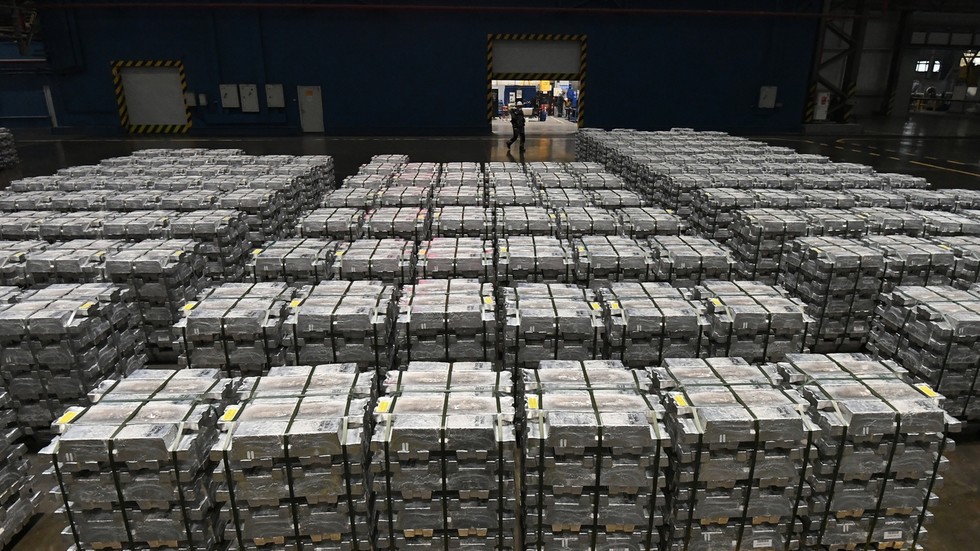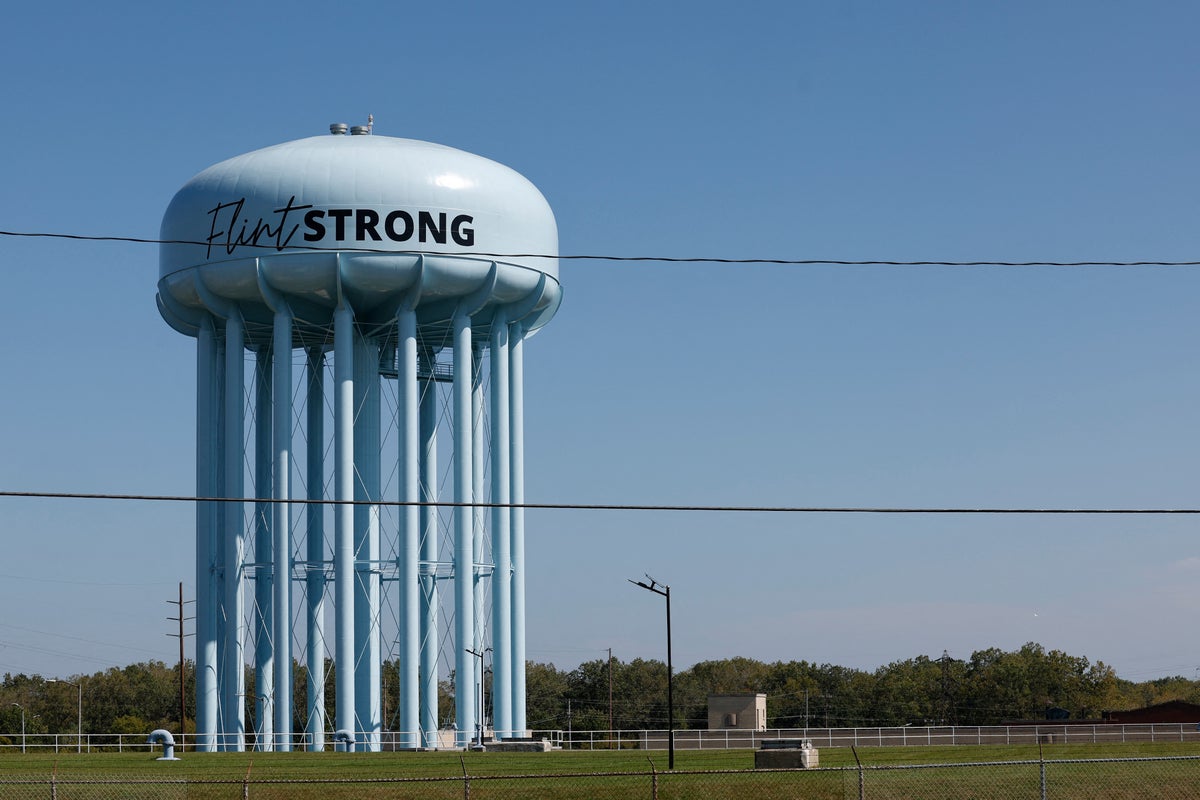By the end of next year, Jeff Bezos’ Amazon expects to have as many robots working in its warehouse facilities as it does human staff.
The Seattle-based e‑commerce giant now operates over one million robots across its fulfillment network, edging closer to its 1.56 million-strong human workforce, most of whom are employed in warehouses, according to the Wall Street Journal.
These robots, ranging from mobile units that ferry inventory to robotic arms that pick, sort, and package items, now assist in about 75 percent of Amazon’s global deliveries.
Among the most advanced is Vulcan, a tactile-enabled robotic arm that delicately lifts items. Meanwhile, a new AI system dubbed DeepFleet coordinates robot traffic in warehouses, cutting travel time by an estimated 10 percent.
Amazon credits the rise in automation with reducing physical strain and improving workplace safety. It has also contributed to a sharp decrease in average warehouse staffing levels. The typical facility now employs just 670 people, the lowest number in 16 years.
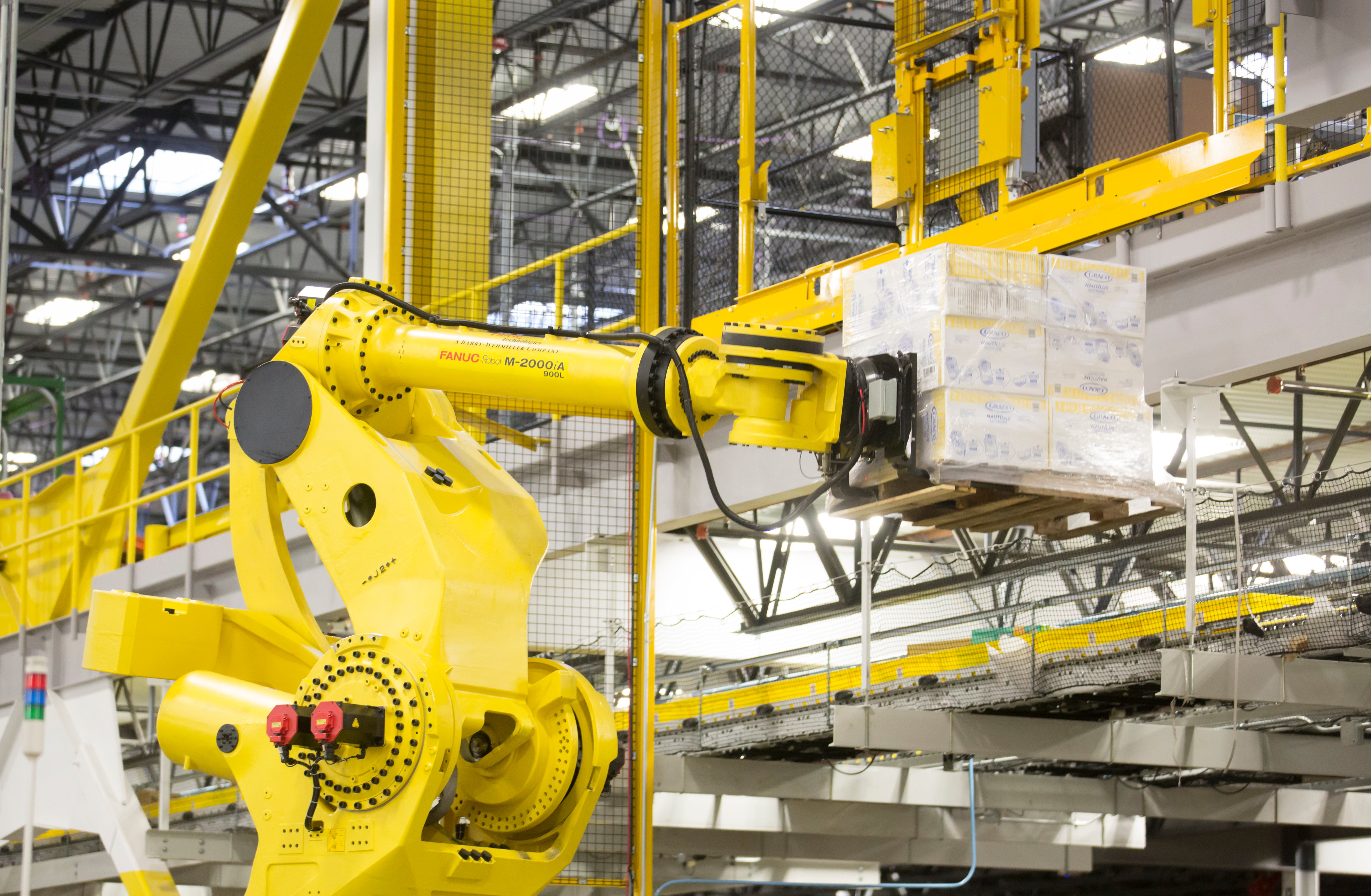
Delivery productivity has also surged, with packages shipped per employee annually growing from roughly 175 in 2015 to nearly 3,870.
Some workers have transitioned into higher-paid technical roles like robot monitoring, maintenance, and system oversight. Neisha Cruz, for example, moved from manual picking to a robotics supervisor position and now earns 2.5 times more.
“I thought I was going to be doing heavy lifting, I thought I was going to be walking like crazy,” Cruz, who now spends her day at the computer, monitoring mobile robots at Amazon facilities from an office in Tempe, told WSJ.
However, CEO Andy Jassy has signaled further workforce reductions in the coming years as AI plays a growing role.
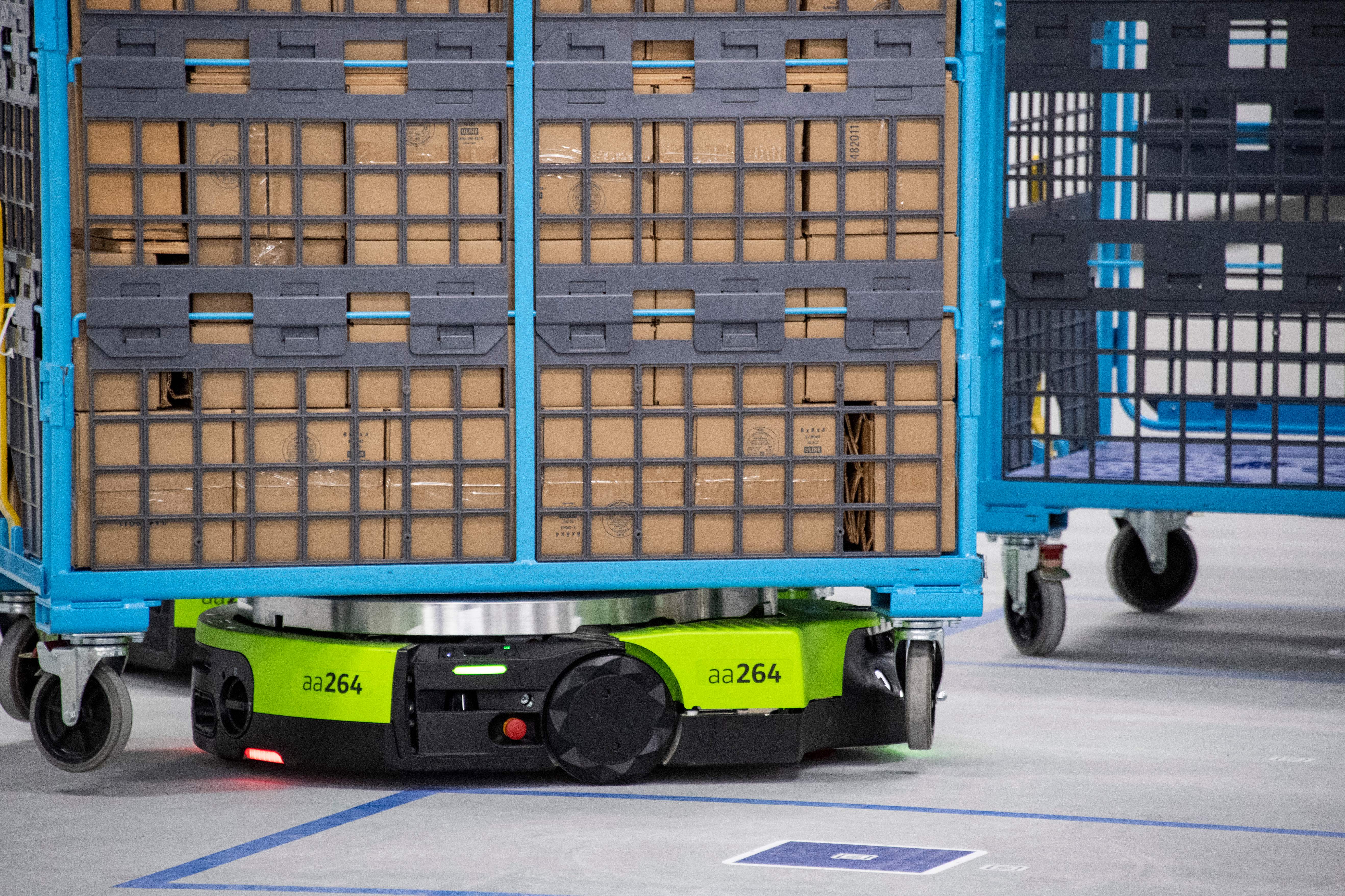
Industry experts agree that while today’s robots still rely on human oversight, many tasks remain too complex for full automation.
The trajectory points toward deeper human-machine integration. This push reflects a broader trend across the industry. Amazon’s innovations are seen as an indicator of how work will change.
The company acquired Kiva Systems in 2012 for $775 million and has since steadily advanced from basic moving robots to systems that pick, pack, coordinate fleets, and even respond to spoken commands. It’s even testing humanoid robots from Agility Robotics for tasks like trailer unloading.
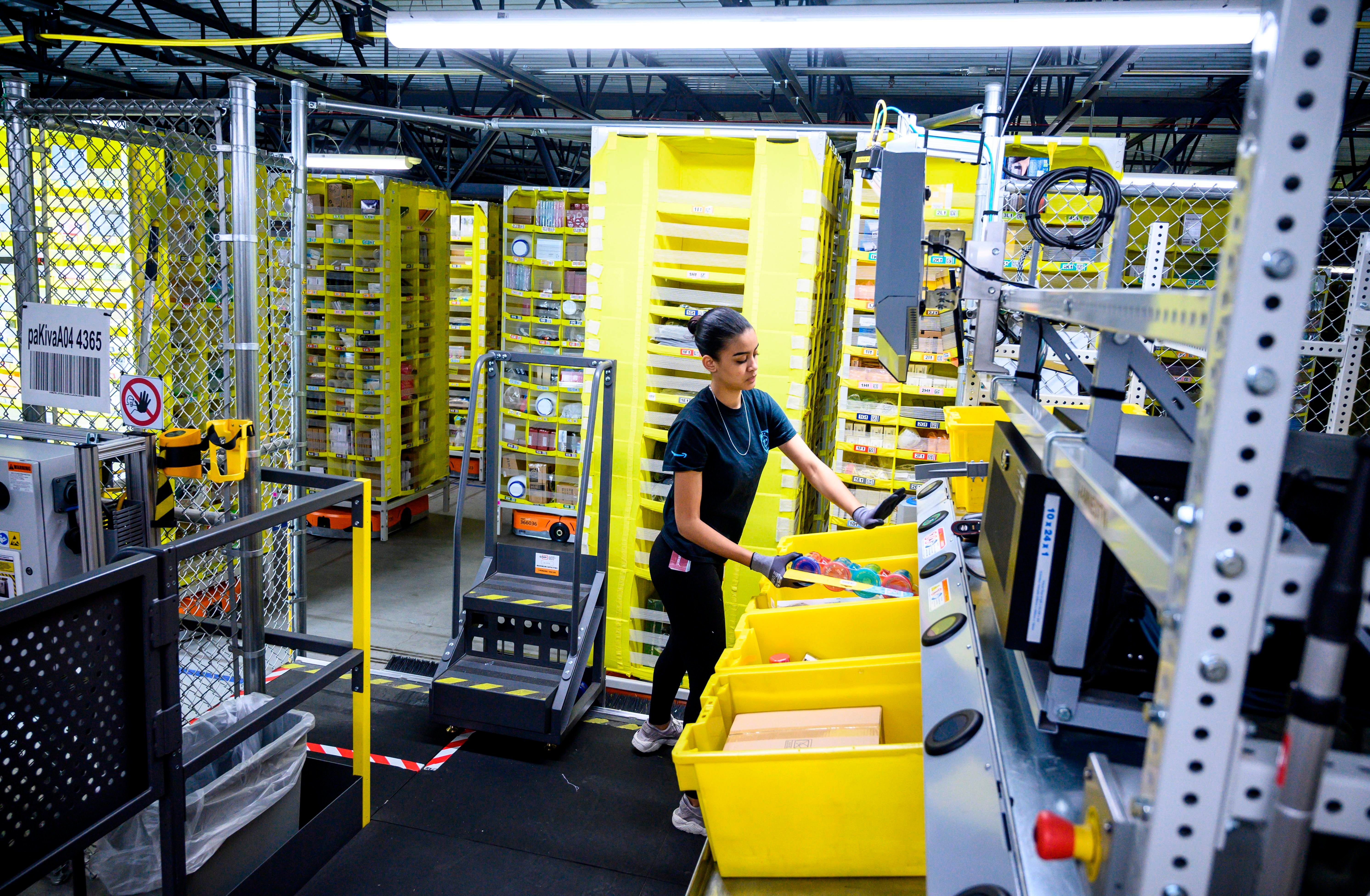
Amazon Robotics Chief Technologist Tye Brady said robots are designed to assist, not replace, workers, WSJ reports.
However, labor advocate Sheheryar Kaoosji warned that while smaller sites haven’t seen major changes yet, Amazon’s “dream is to have a significant reduction of workforce in high-density facilities,” he told the outlet.

 5 hours ago
2
5 hours ago
2


